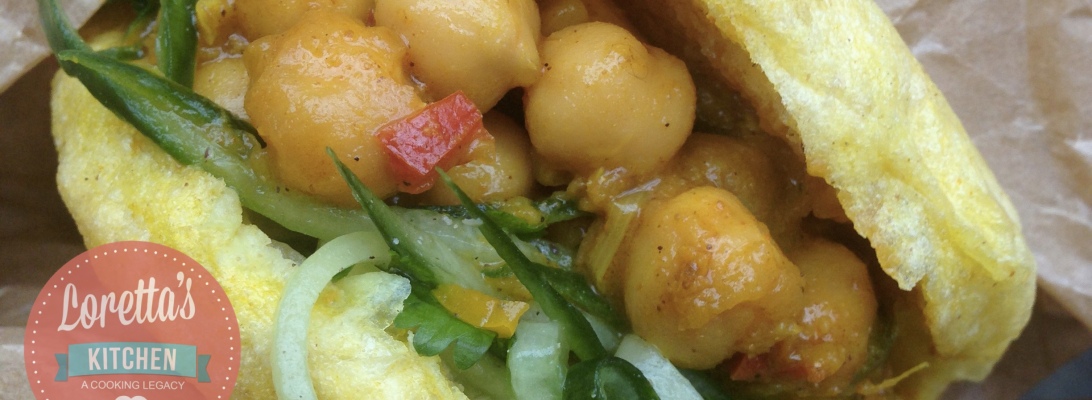There use to be a time in my life when I was conscious that I was beginning to sound like my Mum.
Last week was definitely one of them.
“No Soursop today?” I said in deep frustration to the man at the stall in Ridley Market. “No sorry darlin’ none today; nothing came off the ship from St Lucia or Jamaica...” In that split second my imagination took me to the shores of St Lucia, picturing Mr Market Stall man waiting at the beach front with his trolly waiting for this precious fruit to come in. I smiled at myself and walked away, a little disheartened.
Last month there was no Soursop either, this time it was because it was being sold for the “price of Gold” his friend had told me. The way I hounded these guys, week after week watching, lingering, pretending to only pass by, hoping to see a pile of fresh prickly green skinned fruit smiling back at me…it was beyond an obsession, I was a evolving into my mother.
Why I bothered to walk the 500 yards to the end of the market last week when I could have caught the bus straight to work, I don’t know. But something told me, give this market stall another try.
At that time in the morning the stalls are just setting up for the day: I could see the old turkish man screwing on a handle which had dropped off a lid he was selling; then there was that tall black guy with the skull cap, dark blue overalls and mono-brow that met in the middle; he greeted me every morning like we knew each other well.
Then came my former hairdresser nestled behind the man who sold hats, scarves and ladies lingerie whom she resented because his stall blocked the entrance to her shop.
Finally, the Man in the Market. I passed his shop slowly and carefully scanned the goods on display: right in the centre were my little babies: Fresh Green Prickly Soursop - I took the first one my hands and eyes laid on to and proceeded to the counter. Someone was already there: “You’re gonna make some sweet punch wit dat!” The man he was serving remarked - I laughed and said yes…some sweet punch indeed.
Ingredients Pulp of Sour Sop Fruit (large fruit size = 4 - 5 cups of pulp) 1 can (397 g) of condensed milk 3 tsp grated nutmeg 1/2 tsp Angostura bitters 2-3 cups cold water 2 cups boiling hot water Method Cut the sour sop fruit length ways down the middle into two halves. You will find a thick stalk running down the middle of the fruit, remove this with a knife. Scoop the white flesh and seeds out from the shell and place in a bowl. Pour 2 cups of boiling water over the fruit and stir the mixture to release some of the seeds from the pulp. remove whatever seeds you can by hand this way. Then with your fingers peel the black seeds away from the fruit and discard. This may take 10 minutes to do. Keep all the remaining fruit in the bowl. Take the remaining fruit and pass it through a large sieve with a bowl underneath to catch the pulp, this will help to remove any seeds that you may have missed. You may have a lot of fresh remaining in the sieve, transfer this all to the bowl underneath. Take the pulp and transfer it to a blender with 1/2 cup of cold water if needed. Blend the pulp to a smooth pulp. Then again using the sieve, pass the pulp through the sieve, gently pushing the pulp through. Now you can discard any skin that remains in the sieve. You should be left with a off white thick pulp. If you don’t wish to use all of it, squeeze some lime or lemon into the remaining pulp, and place in the fridge in a sealed container. Otherwise, transfer half of the pulp and half of the condensed milk, 1 cup of cold water and nutmeg to the blender. Blend the mixture and transfer to a jug. Then proceed to blend the remaining pulp and milk together. You can combine the two into the one jug; and add more water to achieve the consistency you wish. Finish by adding a dash of Angostura Bitters to the punch. Serve chilled.Soursop Punch

